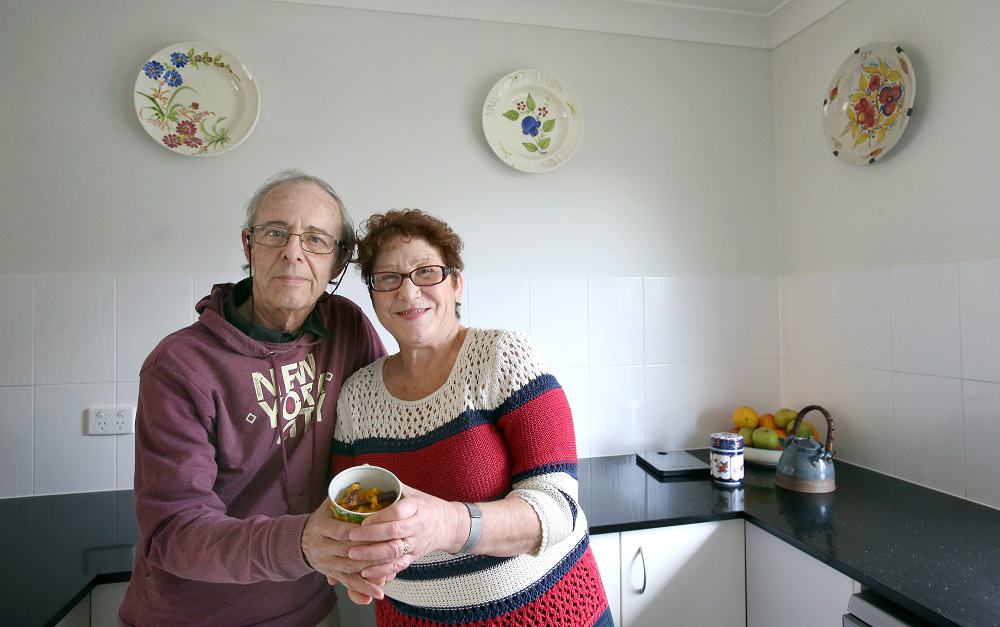
Ask most people what they think Spain’s most famous culinary delight is and chances are they will land on rice dish paella, the traditional chorizo sausage or perhaps even the pastry treat churros.
However, when I asked Redbank’s Maria Martinez and Fernando Pascual the answer was different again.
The origins of this traditional chickpea-based stew can be traced back to middle ages in Madrid, Spain. Leftovers were traditionally made into Spanish croquetas (croquettes). There are restaurants in Madrid which only cook this.
It is made from chickpeas, beef, chicken, potatoes, pumpkin, green beans, celery, pork fat and chorizo.
“My mum used to cook cocido for the whole extended family on Sunday. I would look forward to those family gatherings. It was an easy thing to make many servings out of a very big pot,” Fernando said.
“It is a very typical dish and for me one of the best.”
For Maria, her fondest memories are of her mother’s rustic wheat and chickpea stew. It was started the day before when the chickpeas, wheat and beans were put in water and soaked overnight.
The next day her mother would boil it in a pressure cooker before adding fried onion, paprika, garlic, pumpkin, fennel, tomato and artichoke. They would normally eat it with crusty bread.
“This was a special dish made at Easter time. We were raised Catholic and for 40 days you cannot eat meat,” Maria explains.
“This was popular in Murcia, where we are from, because it is made without meat.”
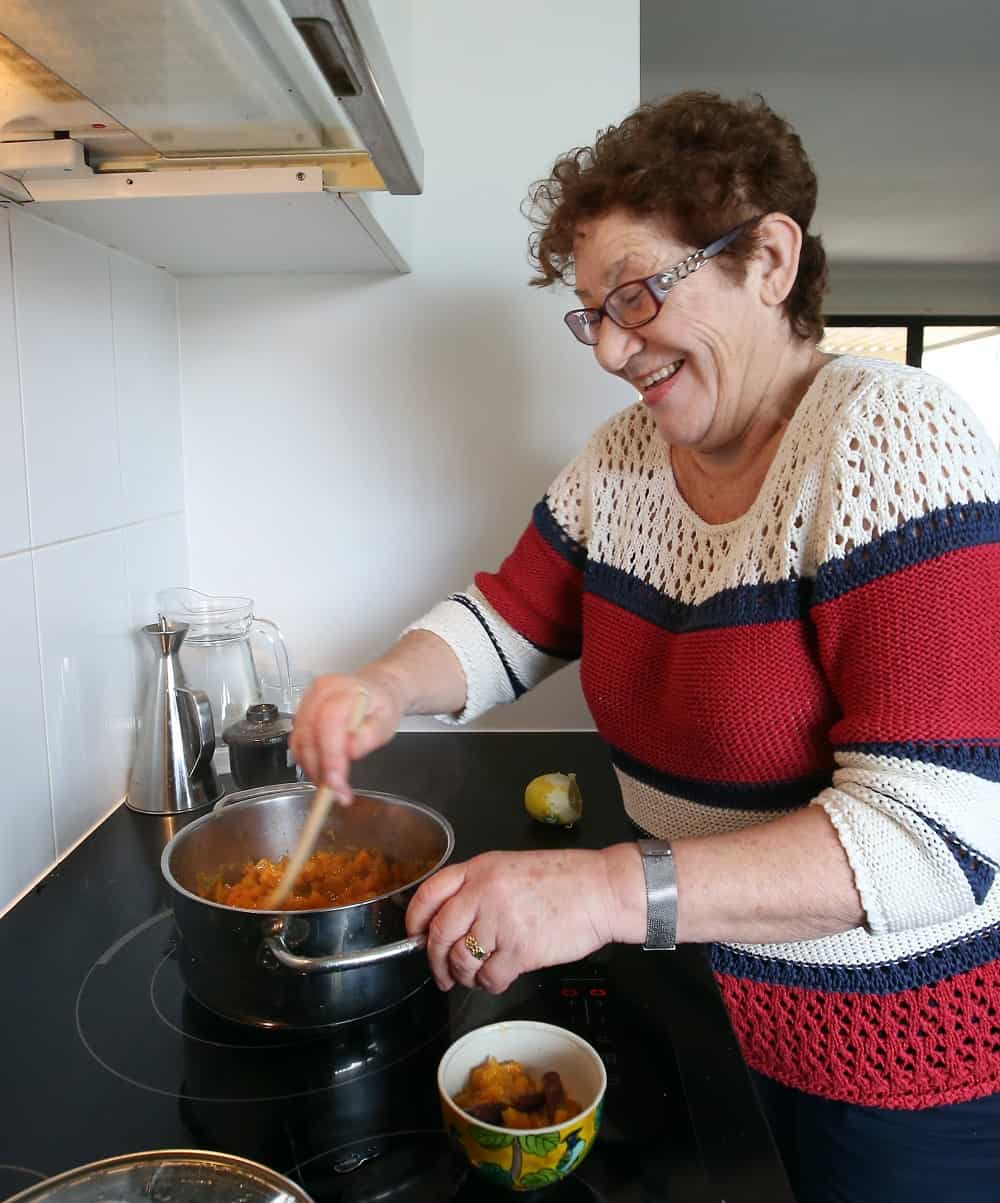
Fernando Pascual and Maria Martinez are from Murcia, south east Spain. They have recently moved to Redbank to be closer to their sons. Fernando lives here and Miguel is living in Japan.
“When we retired we wanted to move to either Japan or Australia. We lived in both places for several months before we made our decision’” Maria said.
“Japan is a wonderful country and my family is there as well but the culture is more closed and for us the language is much more difficult.
“I like the Australian culture. We feel it’s open.
“If you would like to introduce yourself to the culture people are happy to share. That was important to us. We know in any place there are good people, regular people and bad people. Some cultures are more open than others, more accepting.”
The couple settled on Redbank, Ipswich as it was close to a shopping centre, was a reasonable price and their son, Fernando told them it is a good area.
“My neighbours are good but it is difficult to have new relationships because of our poor English,” Fernando said.
“We could not speak any other language but when we decided to live in Australia we started to learn English straight away.
“We have been going to the Ipswich Library for English lessons and on Wednesdays we go to Redbank Plains Library for English and on Friday.
“We also go to the Redbank Plains Community Centre where we soon hope to be teaching Spanish. We would love to share our language.”
The Redbank Plains Community Centre is proving to be an essential part of helping the couple to feel at home in Australia.
“The Redbank Plains Community Centre welcomes all different cultures and help you to join Australian culture,” Fernando said.
“This is not happening like this anywhere else. Australia is the best in the world we have seen at welcoming new people.”
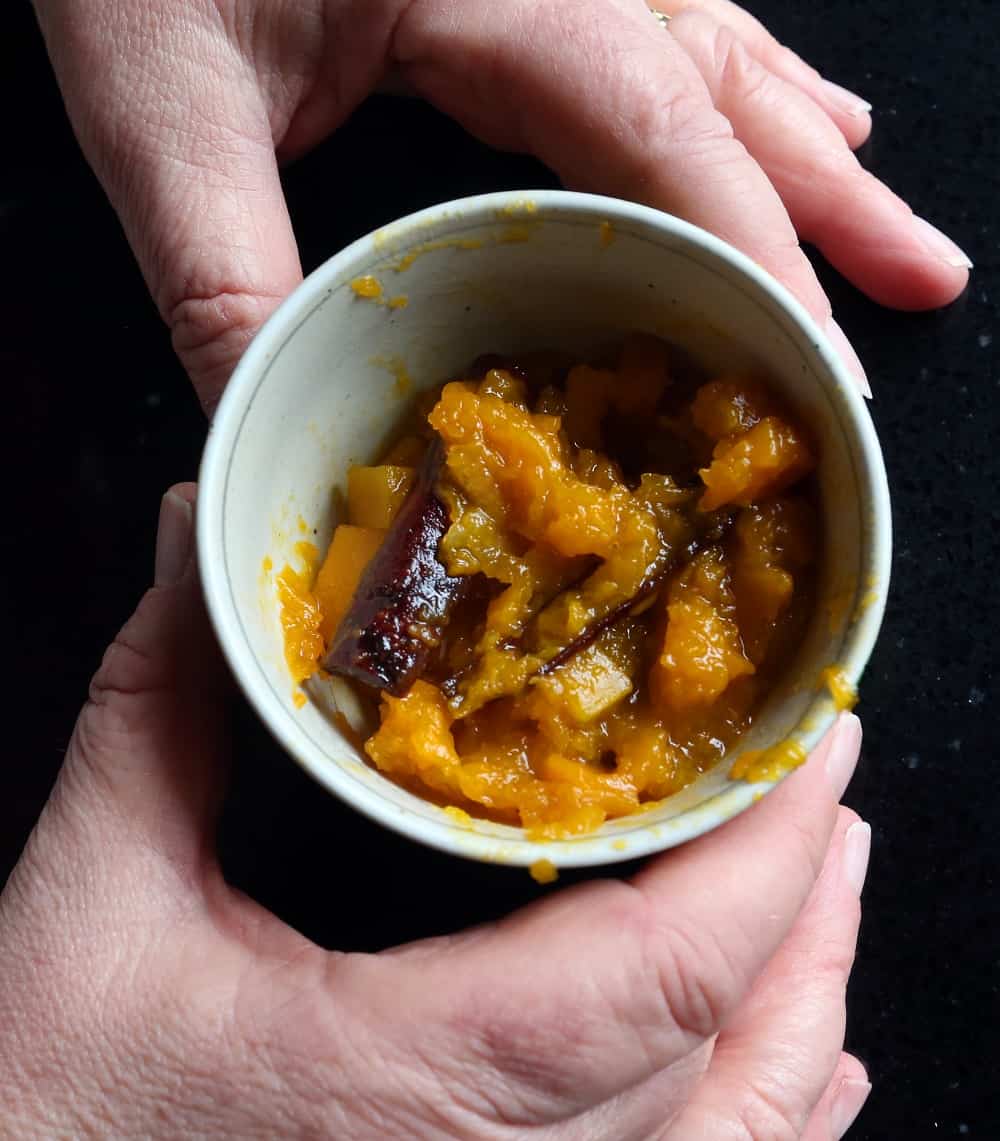
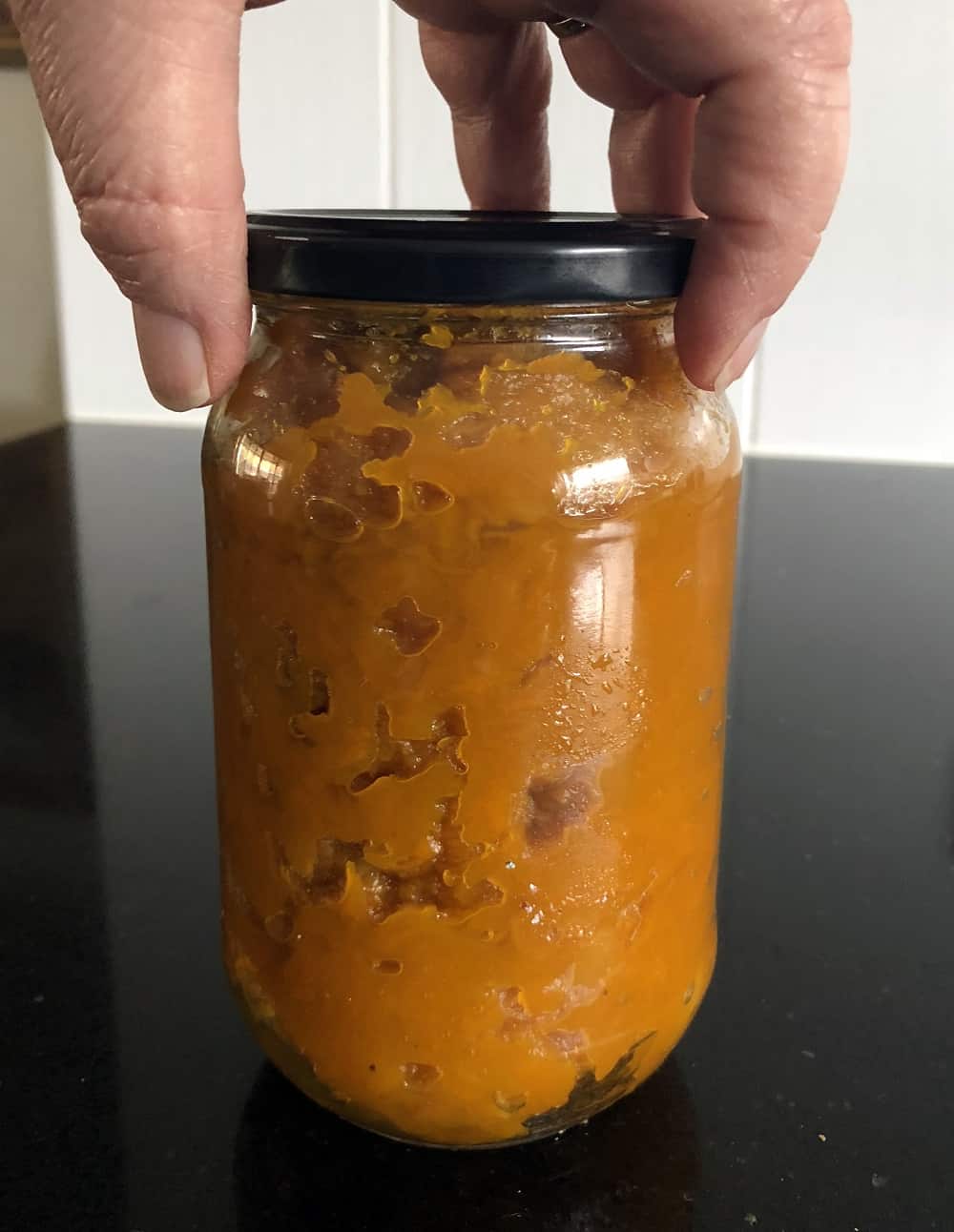
“In Murcia and here, there are a lot of fresh fruit and vegetables. Every season I make different jam from what is in season,” she said.
“I take jars of it to Japan when I am visiting my family there. Fruit is very expensive in Japan.
“Back 80 years ago in Spain, it was very common to make jams because it was the best way to conserve the fruit.”
Maria’s Pumpkin Jam
Ingredients:
1kg of pumpkin
200g of white sugar
1 lemon
2 cinnamon sticks
2 pieces of cloves
You will also need a couple of clean jars
Method:
Peel pumpkin and chop into small cubes. Put it in a bowl with the sugar, add the juice of a lemon and the rind as well. Place in a couple of cinnamon sticks and two pieces of cloves. If you do not like cloves, Maria suggests leaving them out. Put the bowl in the fridge overnight.
The next morning bring the mixture to the boil and gently simmer until it is all broken down to a jam-like consistency. It takes a couple of hours. When it is ready, take the cloves and cinnamon sticks out and let cool.
Meanwhile prepare the jars. Boil them for 10 minutes in boiling water. Once the jam is in the jar (leave some room at the top) place the jar back inside a large pot lid down. Cover completely with water and let boil until all of the water has evaporated.
Fernando says it tastes best after almost a year.
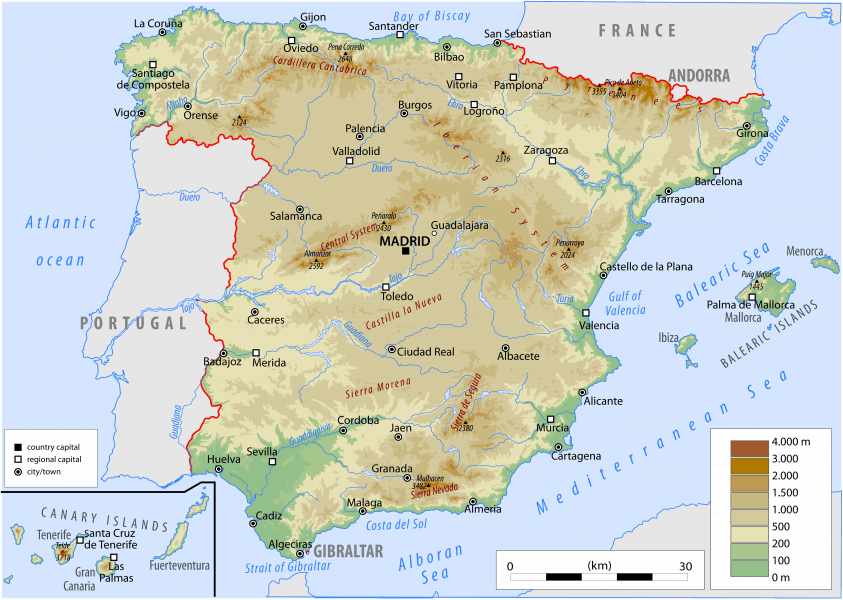
Spain Fact File
Spain is bordered by the Bay of Biscay, the Balearic Sea, and the Mediterranean Sea, Portugal to the west, and France and Andorra to the north. Morocco is to the south, across the Strait of Gibraltar.
Population is at 46.56 million as of 2016.
Spain is the largest country in Southern Europe, the second largest country in Western Europe and the European Union, and the fourth largest country in the European continent. By population, Spain is the sixth largest in Europe. Spain’s capital and largest city is Madrid.
From 1939 at the end of the Spanish Civil War, a dictatorship was established with Franco as its leader. When Franco died in 1975 Spain returned to a democracy.
68.5% of the population define themselves as Catholic and 26.4% are non-believers.
Spain is one of the warmest European countries. It has a predominantly warm Mediterranean climate, dry summers and winters with balanced temperatures.
Due to Spain’s immense geographical diversity, snow can be in the Pyrenees high in the mountains while at the same time the Canary Islands average 22 degrees year-round.
In 2017, Spain was the second most visited country in the world, recording 82 million tourists.
Murcia is in the south-east of Spain.
The Region of Murcia is bordered by Andalusia, Castile–La Mancha, the Valencian Community and the Mediterranean Sea. Murcia covers 11,313 km² in area and has a population of 1.4 million. About one-third of its population lives in the capital. Its highest mountain is Los Obispos, which measures 2,015 m high.
A famous festival in Murcia is the “Bando de la Huerta” this festival is always celebrated on the Tuesday following Easter. There is a large street parade and people dress in traditional costumes.
Also part of the Spring Festival is The Burial of the Sardine, which is a street parade that culminates with the burning of a giant sardine.


